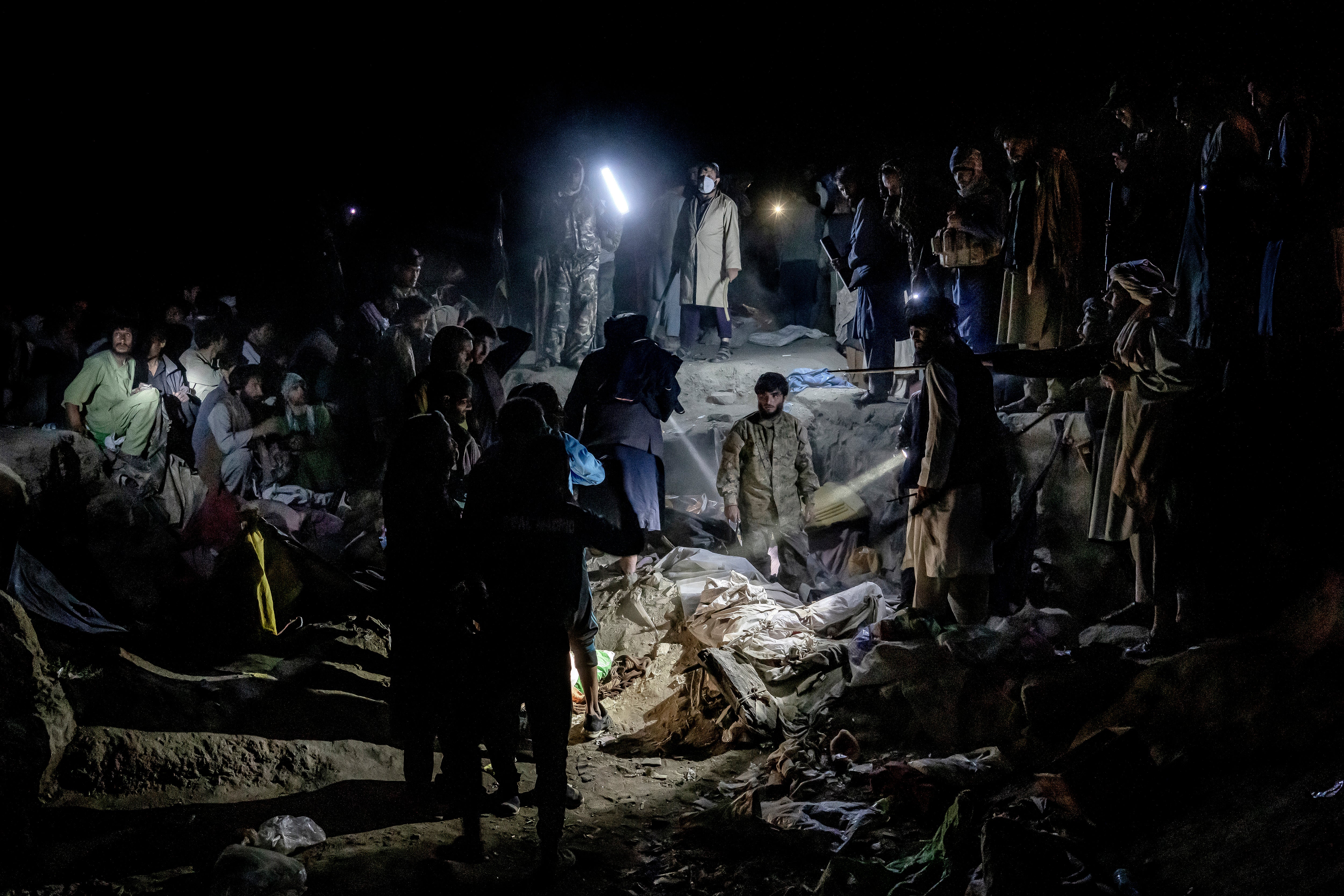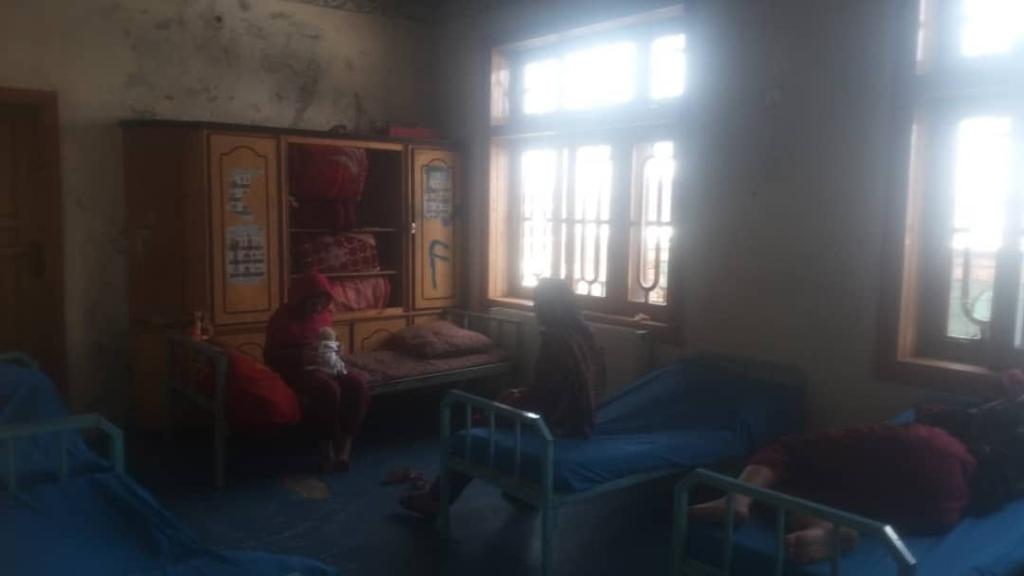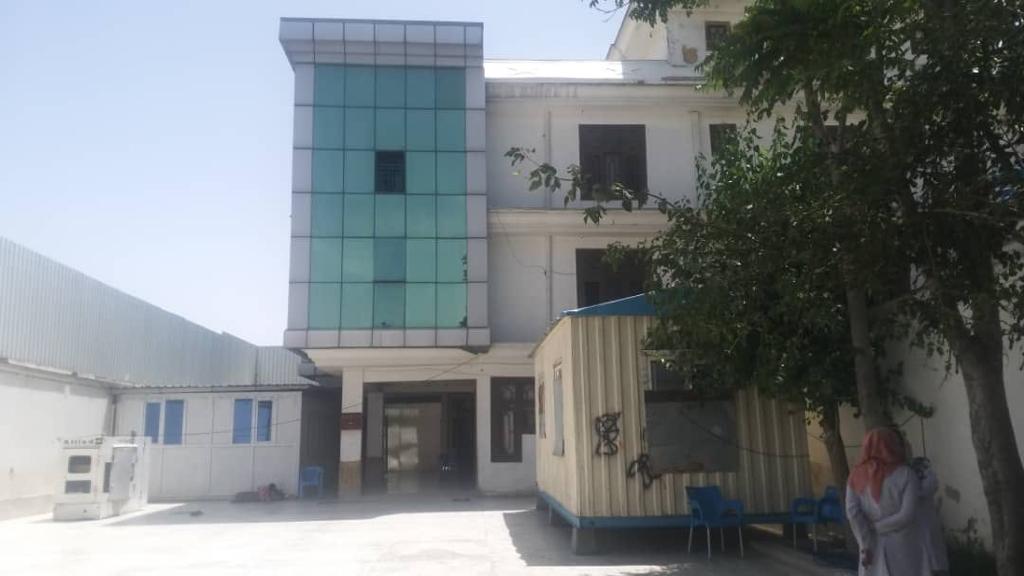‘A tsunami of female drug addicts’: How women and children became the silent victims of Afghan drug crisis
Exclusive: A lack of international funding and Taliban cruelty toward female drug addicts and their children has prevented victims from seeking help reports Charlene Rodrigues, and Matiullah Shirzad in Kabul


In the eleventh grade, Nargis fell in love with a man five years older. But his love for methamphetamine and heroin exceeded his affection for her.
“If I loved him, he told me, I must use the drugs,” she told The Independent.
Over the years, her dependency on drugs grew while her mental and physical health steadily declined. One day in late 2019, she found herself in a dilemma – addicted and pregnant with his child. Her pregnancy outside wedlock was seen as a source of shame in a culture where this is frowned upon.
On learning about the pregnancy, he disappeared. After an abortion, she sought treatment for her addiction. But her hopes for a recovery – four years on – are shattered following the collapse of the Ashraf Ghani government in August 2021.
The Taliban promised to rid their economy of illicit drugs. But doctors, psychologists and drug victims The Independent spoke to said Afghanistan’s drug crisis has worsened, affecting women and children disproportionately.
Dr Shayesteh Hakim says there are roughly 80,000 female addicts and the numbers are rising, even though exact data on addicts under Taliban rule is hard to come by.
“If the issue is not addressed, there will be a tsunami of female drug addicts in the country,” Dr Hakim warns.

The 150-bed Khoshal Khan hospital in Kabul, where Dr Hakim works, merged with another drug rehab facility after the Taliban took over. It is the only surviving place for women (and children) desperate for self-reform.
Since August last year, the hospital only took in 77 patients. In Kandahar in southern Afghanistan, there is one government hospital with 70 beds treating opium addicts. Falling admissions follow a lack of international funding and a shortage of resources, medicines and staff – key reasons why victims don’t seek help.
Before August 2021, international assistance made up around 75 per cent of all public spending in the country.
Pressure from husbands out of work, poor information on narcotics use, lack of schools, orphans, child labour, hunger, droughts, climate change – all these factors have led desperate victims to the same cure: narcotic anaesthetic.

Some drug users take opium as a painkiller or medicine, out of cultural habit or often for suicide. Sometimes they give it to their children to sedate them if they cry a lot, a spokesperson at the Intersos aid agency said.
Mobile health teams who would formerly educate women about the effects of drug use are scant due to an absence of funding.
Growing up, Faiza’s son, 10, recalls a room filled with plumes of smoke, where the drugs were plenty and the food was scarce. His interest in activities or school waned, and he stopped playing soccer with other children. He is making progress at the hospital, but it will take time, Dr Sharif Zabih, his doctor at the rehabilitation centre, said.
The impact of narcotics on young children is manifold. In the short term, they suffer from lack of sleep, withdraw from activities, and are aggressive and psychologically disturbed. It harms their body weight and impairs their growth. Their bones weaken and they have lower resistance to fight disease, Dr Zabih explained.
In the long term, he added that the child is unable to have healthy relationships, and suffers from depression, hallucinations and a short attention span.
Another recovering addict Farima, 55, cultivated and harvested opium crops to eke out a living in Badakhshan village in northeastern Afghanistan. The daily exposure to working with drugs meant she couldn’t escape becoming addicted.
From her recovery ward in Kabul, she said that when women fall ill in the villages, they advise each other to use narcotics as medicine. Some families are convinced meth, opium or heroin cure illnesses.
Families use drugs with their children, and some children work on the farms to harvest drug crops because they are desperate for money. A majority of the children are orphaned. The production process has lots of waste products and smoke, which puts the children at risk of opium addiction.
Afghanistan, for decades, has wrestled with a drug crisis. It is the world’s biggest producer of opium and heroin, and now a major source of meth. Poverty, Covid-19 and decades of war have left few unharmed.
In 2021, the gross output of Afghanistan’s illicit opiate economy was estimated to be up to $2.7 billion (£2.3bn).
A spokesperson for Britain’s National Crime Agency says: “It is likely that organised crime groups (OCGS) in Afghanistan will seek to exploit Afghan migrants who are increasingly vulnerable as a result of the economic situation.”
“Potential victims are at risk of forced labour, sexual exploitation and coerced criminality, including poppy cultivation and drug smuggling.”
Afghanistan is the source of 95 per cent of heroin that ends up on UK streets.
Despite the US and UK’s efforts to stamp out Afghanistan’s decades-long narcotics struggles, fears loom the drug crisis could revert to a pre-2001 era after the bungled departure of Nato forces in August last year.
The collapse of the Afghan government has led to the loss of counter Special Organised Crime (SOC) efforts being able to operate within Afghanistan, a National Crime Agency spokesperson said.
Under Taliban governance, behaviours toward addicts made it cumbersome for the hospital’s staff to run it, says Tamim Hakimi, former financial director of Khushal Khan hospital. He resigned in April and has relocated to Iran.
“Taliban leaders have repeatedly ordered the hospital staff to beat the addicts and lock them indoors,” Mr Hakimi said.
He added that patients in intensive care require a healing environment, proper nutrition and good meals.
Afghanistan’s foreign reserves are frozen, the Afghan Central Bank is still not functional and development assistance remains withdrawn, Neil Turner, the Norwegian Refugee Council’s Country Director, said.
The lack of funding has disrupted the flow of medicines, musical instruments and other requirements crucial to recovery. On top of that, the current government takes opium addicts to prison, where they cannot get access to the required addiction recovery programmes, Mr Hakimi and charities told The Independent.
The Taliban has apparently said that they banned narcotics, but for 20 years this was a key source of income for many in the remote villages in Afghanistan, he added.
There are very few charities working in the field of treating drug addiction. It needs more funding so that more people can receive treatment, a spokesperson at Intersos aid agency said.
Mr Turner said that without funding and development assistance, ordinary Afghans will continue to pay the highest price for the Taliban’s takeover of Afghanistan.
The Independent, at the time of writing, has received no response from the Taliban.
* Some names have been changed to protect identities






Join our commenting forum
Join thought-provoking conversations, follow other Independent readers and see their replies
Comments